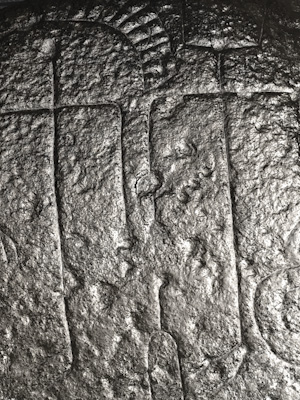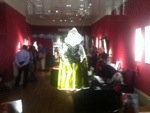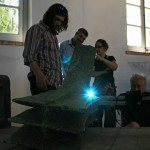People and the Sea: A Maritime Archaeological Research Agenda for England
Edited by J Ransley and F Sturt, with J Dix, J Adams and L Blue
Council for British Archaeology, Research Reports 171
Britain is a maritime nation. Thus understanding the changing record of people’s relationships with, and use of, the sea is key to interpreting the archaeological record.
Continue reading →






